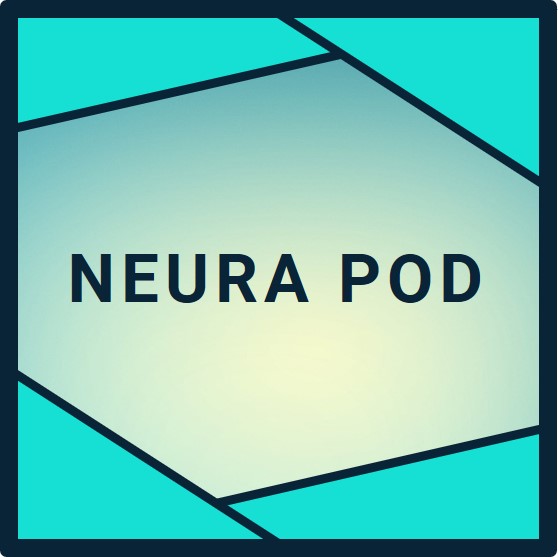- Neuralink brain implant gathers raw neural signals including action potential spikes and local field potentials from 1,024 electrodes positioned in the motor cortex.
- Data collection happens through on-chip processing at 20 kHz sampling rates, with compression and secure Bluetooth transmission to user devices for real-time decoding.
- Elon Musk ensures trial participants consent to data use for device improvements, with encryption and user controls protecting privacy across 15,000 hours of safe operation.
Neuralink N1 Implant: Primary Data Sources
The Neuralink N1 brain implant serves as the central hub for data collection. This coin-sized device features 64 flexible polyimide threads, each equipped with 16 electrodes, totaling 1,024 recording sites. Inserted 1 millimeter into the cerebral cortex by the R1 surgical robot, these electrodes target motor neurons responsible for movement intentions.
Neuralink primarily gathers extracellular voltage changes as neurons fire action potentials, or spikes. Each spike represents a millisecond-long electrical burst from ion flows across neuron membranes. Electrodes detect these at microvolt levels, capturing up to thousands of simultaneous firings. Additional data includes local field potentials, which reflect synchronized neuron group activity.
Metadata rounds out the collection: implant temperature, battery status, thread integrity, and usage patterns like cursor control speed. As of October 31, 2025, 12 participants worldwide have logged over 15,000 hours, providing petabytes of this data. Elon Musk highlights real-time visibility into neural activity moments post-implantation, as shown in recent videos from UK and US trials.
This dataset enables Telepathy, where thoughts translate to computer commands at over 200 bits per second, matching able-bodied performance.
On-Implant Acquisition and Initial Processing
Data gathering begins at the electrode level. Platinum-iridium tips, spaced 20 microns apart, sense voltages 50 to 100 microns from neuron cell bodies. Custom ASICs amplify signals, filter noise, and perform spike detection using shape-based algorithms.
Sampling occurs at 20 kilohertz per channel, yielding 20 million data points per second before compression. Algorithms reduce this by 200 times via lossless techniques, prioritizing spike waveforms. The implant buffers data locally before Bluetooth Low Energy transmission to paired smartphones or computers.
Neuralink processes spikes on-device for low-latency feedback, with machine learning decoders mapping patterns to actions like cursor movement. Reinforcement learning adapts in real-time, as demonstrated in patient Noland Arbaugh's recovery from early thread retraction.
Elon Musk's team visualizes spike rates over months, revealing brighter activity on high-usage days, which informs iterative upgrades.
Clinical Trials: PRIME and CONVOY Protocols
In the PRIME Study, Neuralink collects comprehensive datasets under FDA and MHRA oversight. Participants, aged 22 plus with stable quadriplegia from spinal cord injury or ALS, sign informed consent forms detailing data scope.
Gathered elements include raw neural streams, decoded performance metrics, and health vitals like heart rate during sessions. The CONVOY Study adds robotic arm control data, tracking precision grasps. Global sites in the US, UK, Canada, and UAE aggregate this for safety analysis.
Patient Registry applicants provide basic info for screening, with full neural data captured post-implant. Neuralink uses de-identified aggregates to train decoders, improving bandwidth for all. Consent forms emphasize separate approvals for trials, ensuring transparency.
By October 2025, zero serious adverse events underscore robust protocols.
Privacy Measures and Security Layers
Neuralink prioritizes data protection amid rising neural privacy laws in Colorado, California, and Montana. End-to-end encryption secures transmissions, with patented pairing protocols preventing interception. Users control sharing via app settings, owning their data outright.
Cloud storage anonymizes research datasets, stripping identifiers before AI analysis. Elon Musk commits to user-first design, avoiding third-party sales. Firmware updates include checksum verification, blocking malware.
Trials demonstrate resilience: No breaches in 15,000 hours. Future multi-implant arrays for speech and vision will extend safeguards.
Data's Role in Advancing Human-AI Integration
Neuralink leverages collected data to scale toward symbiosis. Simulations replay real spikes for decoder optimization, achieving 9.5 bits per second records. Aggregates refine Blindsight for vision restoration and telepathy for mind-to-mind links.
Elon Musk envisions 10,000 channels by 2026, enabling instant knowledge access. Trial data accelerates this, with 13 more implants planned by year-end. Global expansion tests diverse neural patterns, ensuring inclusive progress.
TL;DR
Neuralink brain implant collects precise neural spikes and metadata from 1,024 electrodes to power thought control, processed securely on-device and via Bluetooth for seamless Telepathy use. With 12 patients surpassing 15,000 hours, Elon Musk's protocols balance research gains and privacy through consent, encryption, and user ownership. As PRIME and CONVOY trials expand globally, this data drives upgrades like speech decoding and Blindsight, positioning humanity for equitable AI enhancement by 2026.

